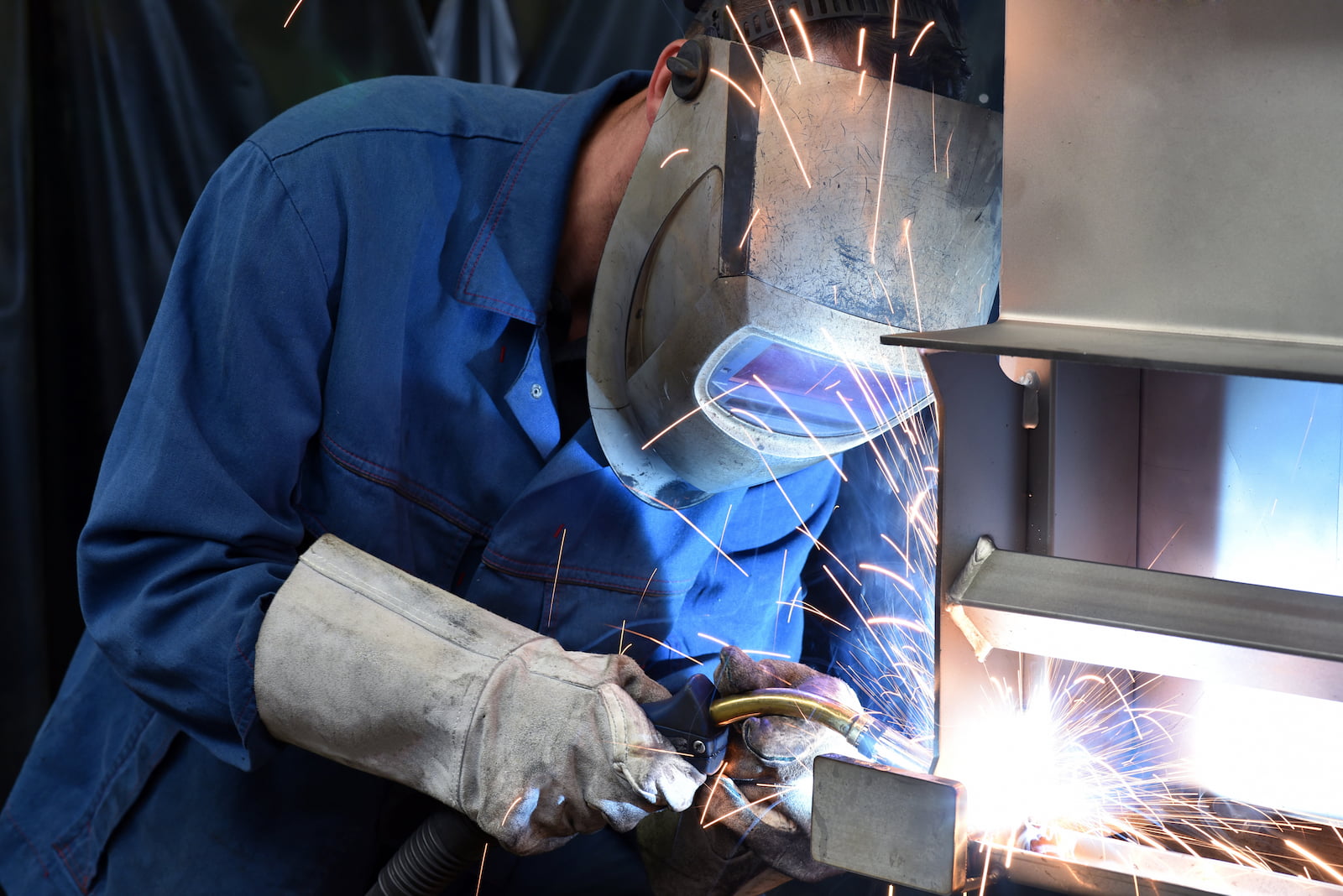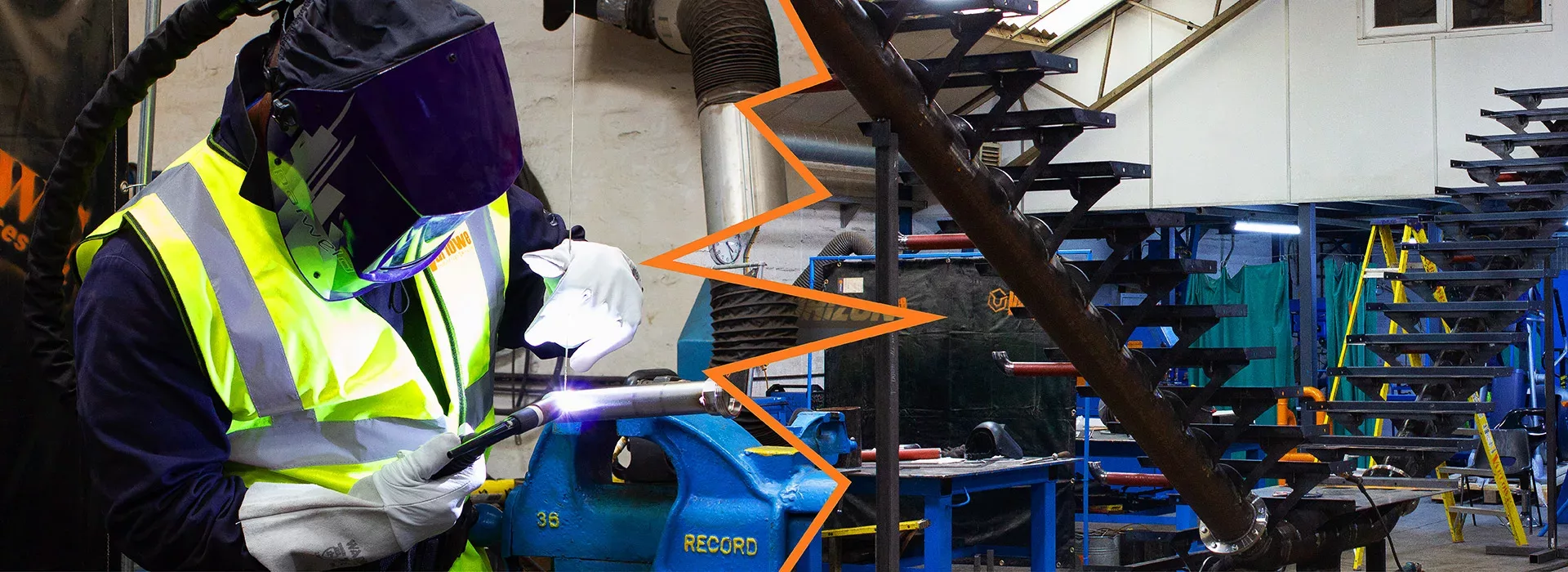Usual Welding Repair Issues and Exactly How to Address Them Efficiently
Welding repairs usually encounter a variety of concerns that can threaten the honesty of the end product. Usual issues include poor penetration, porosity, and misalignment, to name a few. Each defect offers special difficulties that require specific strategies for resolution. Recognizing these concerns is essential for welders intending to boost their end results and skills. This conversation will discover these common welding repair service concerns and effective techniques to resolve them.
Inadequate Infiltration
Poor penetration happens when the weld steel fails to completely fuse with the base product, resulting in weak joints and possible structural failings. This concern frequently originates from insufficient warmth input, incorrect electrode angle, or incorrect welding speed. Welders might experience poor infiltration due to a mistake of the required criteria for a certain material density or type. Additionally, contamination on the base product's surface area can impede efficient bonding, aggravating the trouble. To address inadequate infiltration, welders ought to assure appropriate settings on their tools and maintain a tidy job surface area. Regular inspection of welds is suggested to recognize any type of shortages early, enabling for prompt corrections and the avoidance of endangered structural integrity in bonded settings up.
Porosity
Porosity is a typical issue in bonded joints that materializes as tiny gas bubbles entraped within the weld steel. This issue can compromise the stability of the weld, causing reduced stamina and prospective failing under tension. Montana Mobile Welding and Repair Welding. Porosity typically occurs from contamination, wetness, or incorrect welding techniques, which allow gases to leave into the liquified weld swimming pool. To resolve porosity, welders must ensure proper surface prep work, preserve a clean working setting, and make use of suitable welding parameters. Additionally, choosing the right filler material and protecting gas can alleviate gas entrapment. Routine inspection and screening of welds can aid identify porosity early, assuring timely rehabilitative actions are taken, thus preserving the high quality and reliability of the bonded structure
Misalignment
Misalignment in welding can develop from different aspects, including improper setup and thermal growth. Understanding the source is essential for effective resolution. Several correction techniques are readily available to straighten components and ensure architectural honesty.
Reasons for Misalignment
Welding imbalance usually originates from a selection of underlying problems that can jeopardize structural stability. One key reason is inappropriate fit-up of components prior to welding, which can lead to voids and uneven surface areas. Variants in thermal growth during the welding process can likewise result in distortion, especially if the products being joined have different coefficients of growth. In addition, inadequate securing and fixturing might stop working to hold parts safely in location, causing movement during welding. Badly conserved equipment, consisting of welding makers and tools, might present incongruities in the weld bead, additional adding to imbalance. Operator mistake, stemming from insufficient training or experience, can likewise play a considerable function in developing misaligned welds.

Modification Methods Available
Addressing imbalance efficiently requires a combination of rehabilitative techniques tailored to the specific concerns available. One usual method is the usage of components or jigs to hold components in the appropriate setting during welding, making sure regular positioning. Additionally, pre-heating the materials can assist lower distortion and boost fit-up. For considerable misalignment, mechanical realignment techniques, such as making use of hydraulic jacks or clamps, can be utilized to remedy the placement before welding. Post-weld heat therapy may also be necessary to relieve stress and anxieties caused by misalignment. Careful assessment and change throughout the setup stage can prevent misalignment problems from becoming considerable problems, promoting a smoother welding procedure and improving general architectural stability.
Distortion
Distortion is a typical obstacle in welding that can occur from numerous aspects, including uneven heating and cooling. Comprehending the root causes of distortion is vital for carrying out efficient avoidance strategies. Resolving this issue not just boosts structural integrity however likewise enhances the total high quality of the weld.
Root causes of Distortion
When based on the intense warm of welding, materials frequently undergo modifications that can cause distortion. This sensation primarily occurs from thermal growth and tightening throughout the welding procedure. As the weld location warms up, the product expands; upon cooling, it acquires, which can produce interior anxieties. On top of that, irregular home heating across a work surface can exacerbate these stress and anxieties, resulting in bending or flexing. The kind of product also plays a significant role; steels with varying thermal conductivity and coefficients of growth might respond in a different way, causing uncertain distortions. Bad joint design and insufficient fixturing can contribute to imbalance during welding, increasing the likelihood of distortion. Comprehending these causes is vital for efficient welding repair work and prevention approaches.
Avoidance Techniques
Reliable prevention techniques for distortion during welding concentrate on regulating heat input and making certain correct joint layout. Preserving a constant warm input helps to lessen thermal development and contraction, which can result in distortion. Utilizing techniques such as pre-heating the work surface can also reduce the temperature gradient, advertising consistent home heating. Furthermore, choosing suitable joint styles, such as T-joints or lap joints, can improve security and minimize tension concentrations. Implementing appropriate fixturing to safeguard the work surfaces in area even see this site more aids in keeping placement during the welding process. Staggered welding sequences can distribute heat much more equally, avoiding localized distortion. By using these techniques, welders can substantially lower the chance of distortion and enhance the overall quality of their welds.
Splitting
Breaking is a typical pop over to this web-site concern experienced in welding fixings, commonly resulting from different elements such as improper air conditioning rates, product selection, or poor joint preparation. The occurrence of fractures can greatly endanger the integrity of the weld, leading to possible failings throughout procedure. To address this concern, welders have to first evaluate the origin, making sure that products work and appropriately picked for the specific application. Additionally, managing the air conditioning rate throughout the welding process is necessary; quick cooling can generate stress and bring about breaking. Correct joint layout and prep work additionally contribute to decreasing the danger. Applying these methods can improve weld top quality and resilience, eventually decreasing the probability of cracking in finished weldments.

Insufficient Blend
A substantial issue in welding repair services is insufficient combination, which occurs when the weld metal does not properly bond with the base product or previous weld passes - Montana Mobile Welding and Repair Belgrade. This issue can bring about weaknesses in the joint, possibly endangering the integrity of the welded framework. Factors adding to incomplete blend consist of insufficient warm input, incorrect welding method, and contamination of the surface areas being joined. To address this concern successfully, welders need to assure proper pre-weld cleansing and surface area prep work, in addition to adjust their welding specifications to achieve sufficient infiltration and blend. Routine inspection throughout the welding process can likewise aid recognize incomplete blend early, enabling for prompt rehabilitative steps to improve the general high quality of the weld
Overheating
While welding repair services can boost architectural honesty, overheating presents a significant challenge that can lead to product degradation. Extreme heat throughout welding can modify the mechanical buildings of steels, leading to minimized strength, raised brittleness, and warping. This sensation is particularly critical in high-stress applications where architectural dependability is critical. Identifying getting too hot can involve aesthetic assessments for discoloration or distortion, in addition to keeping an eye on temperature throughout the welding process. To minimize the threats linked with overheating, welders ought to use suitable methods, such as regulating warm input, changing travel rate, and making use of appropriate filler products. In addition, executing pre- and post-weld warm treatments can assist restore product residential properties and enhance the total top quality of the fixing, ensuring long-term performance and security.
Frequently Asked Concerns
What Are the Typical Indicators of a Welding Flaw?

How Can I Evaluate My Welds for High quality?
To test welds for top quality, one can use visual inspections, ultrasonic testing, and radiographic approaches. Each technique guarantees architectural integrity, identifies defects, and validates adherence to defined requirements, ultimately boosting the reliability of the bonded joints.
What Safety Precautions Should I Take While Welding?
When welding, one must prioritize security by putting on proper personal safety devices, guaranteeing appropriate ventilation, protecting combustible products away, preserving a tidy work area, and being aware of surroundings to stop accidents and injuries.
Can I Repair a Weld Without Redesigning the Entire Joint?
Fixing a weld without redoing the whole joint is feasible, depending upon the damages (Montana Mobile Welding and Repair Fabrication). Techniques such as grinding, including filler material, or using a welding process can properly deal with particular defects while maintaining the surrounding structure
What Devices Are Necessary for Efficient Welding Services?
Essential devices for reliable welding fixings include a welding machine, cable brush, mill, safety gear, clamps, and filler materials. Each tool plays an important role in making sure quality and safety and security during the repair process. Porosity generally occurs from contamination, wetness, or improper welding methods, which permit gases to run away into the molten weld swimming pool. Poorly kept equipment, including welding devices and tools, may introduce inconsistencies in the weld bead, further adding to misalignment. When subjected to the intense warm of welding, materials typically go through modifications that can lead to distortion. Splitting is a common concern run into in welding fixings, often resulting from different factors such as incorrect cooling rates, material option, or inadequate joint prep work. A considerable concern in welding repair services is insufficient fusion, which takes place when the weld metal does not adequately bond with the base material or previous weld passes.